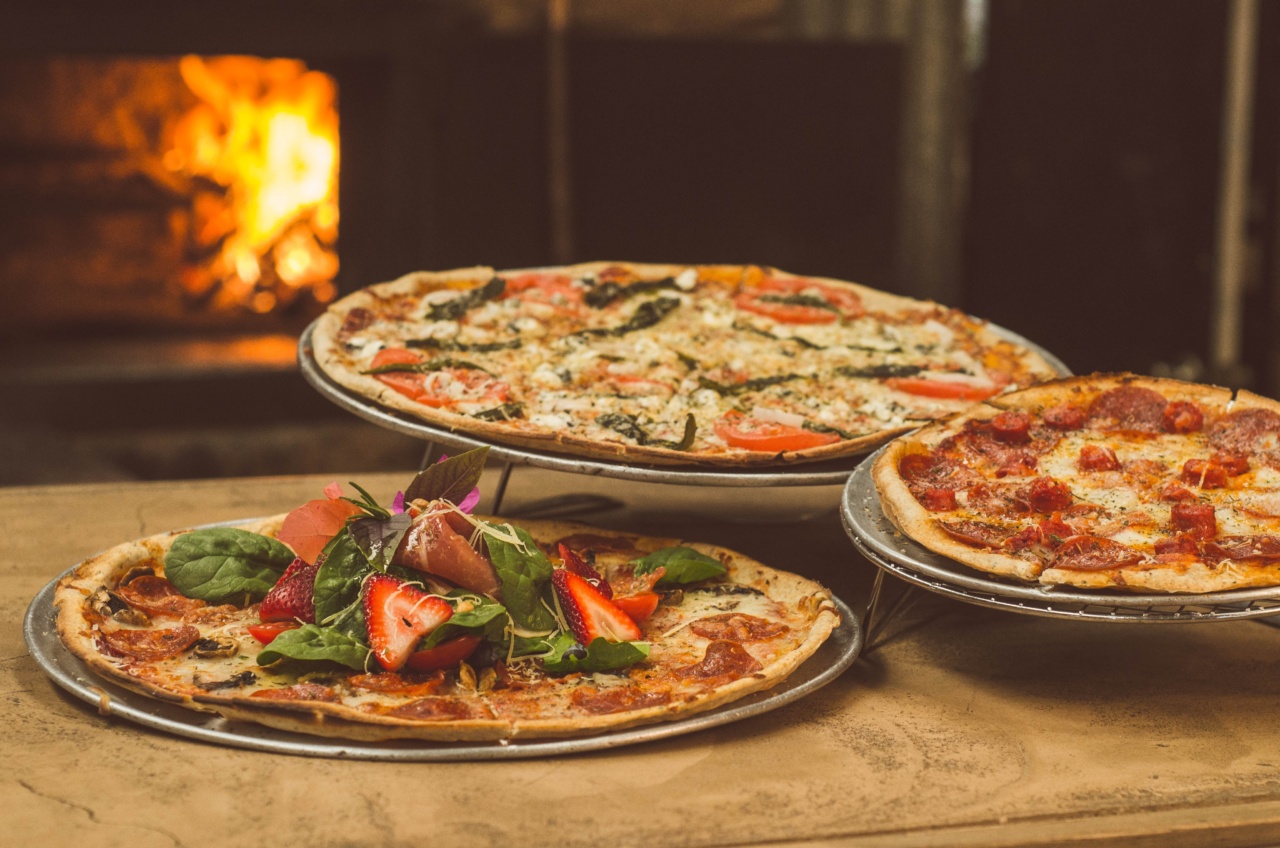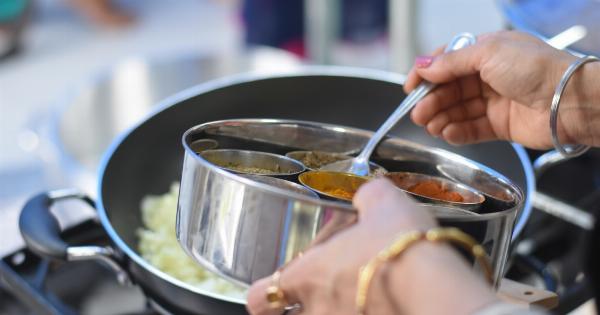If you own a microwave oven, you know how easy it is to warm up leftovers or cook a quick meal.
But did you know that with a little know-how, you can master the art of microwave cooking and create meals that are just as delicious as those made in a conventional oven?.
Understanding Your Microwave Oven
The first step in becoming a microwave cooking master is to understand how your microwave oven works. Microwave ovens use a type of electromagnetic radiation to cook food.
This radiation causes the water molecules in the food to vibrate, which generates heat. This is why microwaves work best for foods that contain a significant amount of water, such as vegetables, soups, and rice dishes.
Most microwave ovens have a variety of settings, including power levels and cooking times. It’s important to read the manual that came with your microwave to understand how to use these settings.
Typically, higher power levels will cook food faster, but may also cause it to dry out or become tough. Lower power levels will cook food more gently, but may take longer.
Tips for Microwave Cooking
Now that you understand how your microwave oven works, it’s time to start cooking! Here are some tips to help you get the best results:.
: 1. Use Microwave-Safe Cookware
Not all types of cookware are safe to use in a microwave oven. Look for containers that are labeled as microwave-safe. Glass and ceramic dishes are good choices, as are some types of plastic containers.
Avoid using metal, as it can cause sparks and be dangerous.
: 2. Cover Your Food
When cooking or reheating food in the microwave, cover it with a lid or microwave-safe plastic wrap. This will help to trap steam and keep your food moist.
: 3. Stir Your Food
Stirring your food during cooking helps to distribute the heat evenly and prevent hot spots. This is especially important for thicker dishes, such as casseroles and stews.
: 4. Let Your Food Rest
After cooking your food in the microwave, remove it from the oven and let it rest for a few minutes. This will allow the heat to distribute evenly throughout the dish, resulting in more evenly cooked food.
: 5. Use a Thermometer
Just like with conventional cooking, it’s important to use a thermometer to ensure that your food is fully cooked. Check the temperature of food in several spots to make sure it’s reached a safe internal temperature.
What Can You Cook in a Microwave?
Many people think of microwave cooking as only for reheating and defrosting, but you can actually cook a wide variety of dishes in a microwave oven. Here are some ideas:.
: Microwave Scrambled Eggs
Whisk together eggs and a splash of milk in a microwave-safe bowl. Microwave for 30 seconds, stir, and microwave for another 30 seconds or until eggs are set.
: Microwave Rice
Combine rice and water in a microwave-safe dish. Cover and microwave on high for 10 minutes, then reduce the power to 50% and microwave for another 10 minutes. Let rest for 5 minutes, then fluff with a fork.
: Microwave Baked Potato
Pierce a potato several times with a fork. Microwave on high for 5-7 minutes, or until potato is tender. Top with butter, sour cream, and any other toppings of your choice.
: Microwave Steamed Vegetables
Place vegetables in a microwave-safe dish and add a splash of water. Cover and microwave on high for 3-5 minutes, or until vegetables are tender.
: Microwave Mac and Cheese
Cook macaroni according to package directions. Drain, then stir in milk, shredded cheddar cheese, and any other toppings you like. Microwave on high for 2-3 minutes, or until cheese is melted and bubbly.
The Benefits of Microwave Cooking
In addition to being quick and easy, microwave cooking has several other benefits:.
: 1. Saves Energy
Because microwaves cook food quickly and efficiently, they use less energy than conventional ovens.
: 2. Preserves Nutrients
Because microwave cooking is so fast, it can help to preserve the nutrients in your food. This is especially true for vegetables, which can lose nutrients when cooked for long periods of time.
: 3. Less Mess
When you cook food in a microwave, there are fewer dishes to clean up, making it a great option for busy weeknights.
The Bottom Line
With a little know-how, microwave cooking can be a quick and easy way to create delicious and nutritious meals. Experiment with different dishes and get creative with your toppings and seasonings.
Who knows? You just might become a microwave cooking master!.
























